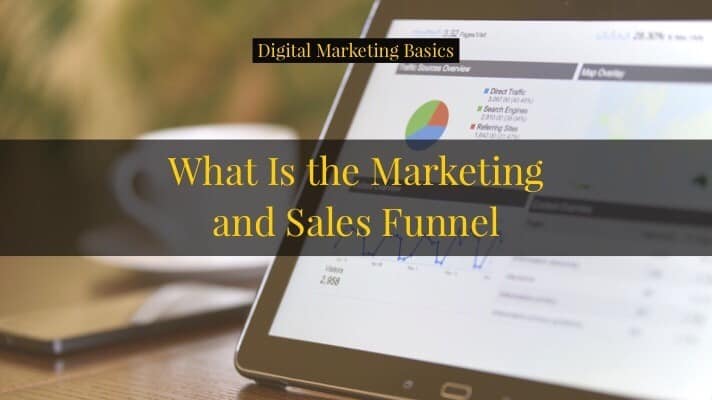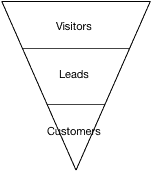When it comes to business communication, email is still the best medium over all other channels, regardless of your industry or location. Email trumped social media, messenger apps, phone, and even face-to-face communications.
What this means is that you should take full advantage of email automation to “move” your leads down the funnel. Unfortunately, a lot of Philippine organizations don’t use email marketing. And for the few organizations who use them, they often employ ineffective email marketing tactics, or worse, implement malpractices causes more harm to their brand.
Why email remains the top choice for business communication
We’re in the Philippines. Despite our reputation for being the texting capital of the world, when it comes to business communication, SMS text and even Viber or Messenger don’t cut it.
Why?
Because most software uses email addresses as the unique identifier in creating leads. Read this article I wrote before about the definition of a lead. I am writing a post about how most business owners operate (which is, sadly, still paper-based).
The point I want to get across with that article is that if there is no way to measure what and how you’re doing, you won’t be able to make informed decisions.
Customer Relationship Management (CRM) softwares are typically used for tracking leads, opportunities, and revenues.
Bottomline is this: these CRMs rely on email addresses to identify whether a person is unique or not. Also, given the state of technology in our country, there is no commercially available software that allows for tracking based on phone numbers. Yes, we have text blasts services. But they aren’t connected to a system that contains all other information you might have for the lead or customer.
What that means is any information sent back by them won’t be integrated with your existing systems. You have to manually update them. You also won’t be able to create a segment for, say, leads in the last 14 days, then only send a text blast to them.
How email fits in the marketing and sales funnel
Most organizations’ number 2 directive is to generate more leads. The first is to get new customers, but let’s talk about that in some future post.
One thing that we know is this: not all leads are created equal.
- Around 50% of leads you generate are qualified but aren’t ready to buy now.
- About 25% of those leads aren’t qualified and shouldn’t be passed on to sales.
- When you look at things in the aggregate, more than 90% of leads that you generate for your business aren’t ready to buy now.
This is where lead nurturing comes in.
According to EConsultancy, lead nurturing is only performed by 31% of companies despite being termed as the “holy grail” of marketing automation.
There are numerous ways to implement lead nurturing campaigns. But one thing remains — there is a need to nurture leads; otherwise, you’re wasting your time and money acquiring leads when you already know they aren’t going to buy now.
Put yourself in your customers’ shoes
How do most organizations handle their new leads? They hand them over to sales and/or send them sales-y messages immediately.
Imagine this scenario:
You enter a store with the intent to browse. Then, a salesperson started following you around. The person doesn’t strike a conversation and doesn’t ask what you’re looking for. The salesperson just started offering their products at discounted prices.
How would you feel if you were the customer?
That’s the same thing when it comes to digital marketing.
If you don’t create value-adding touchpoints in between, you’ll annoy them and cause them to leave.
Lead nurturing solves that problem.
Nurtured leads produce, on average, a 20% increase in sales opportunities and make 47% larger purchases than non-nurtured leads.
So, what are you going to do next?
Having a lead nurturing strategy in place can ease the pressure of getting new leads each month because your existing ones don’t fall through the cracks. Instead of worrying about the quantity, you can start focusing on the quality of your leads. You build a relationship with them over time.
I wrote about 3 lead nurturing examples from companies you’re already familiar with. In that article, I broke down both the good and the bad parts.
Get some inspiration on how they execute their lead nurturing campaigns.
And if you have questions, feel free to reach out in the comments below.


